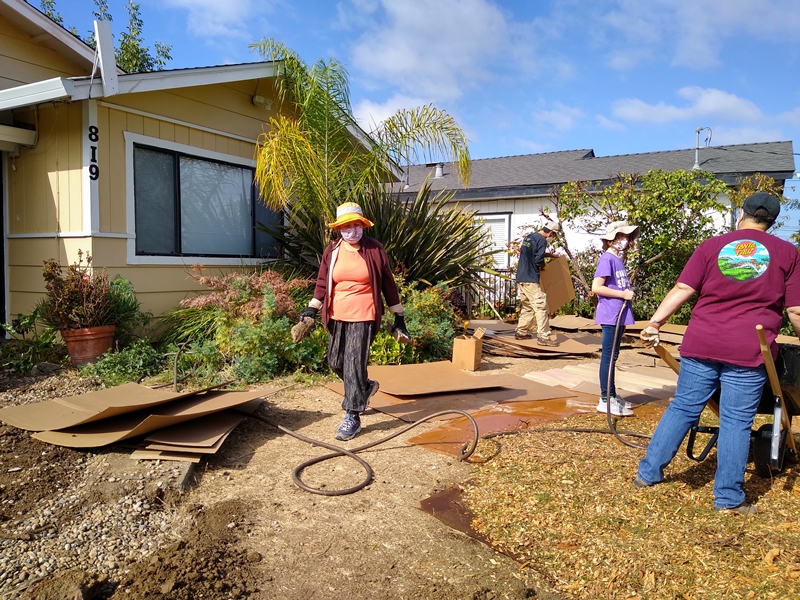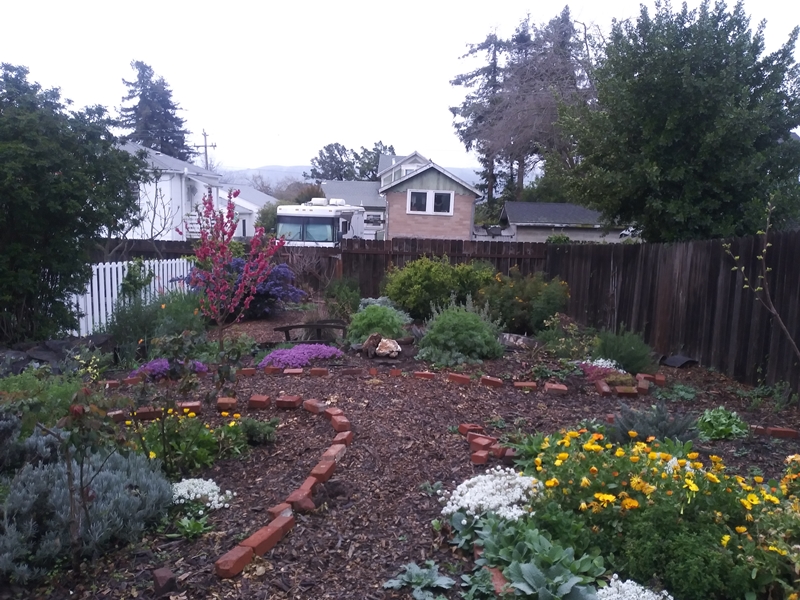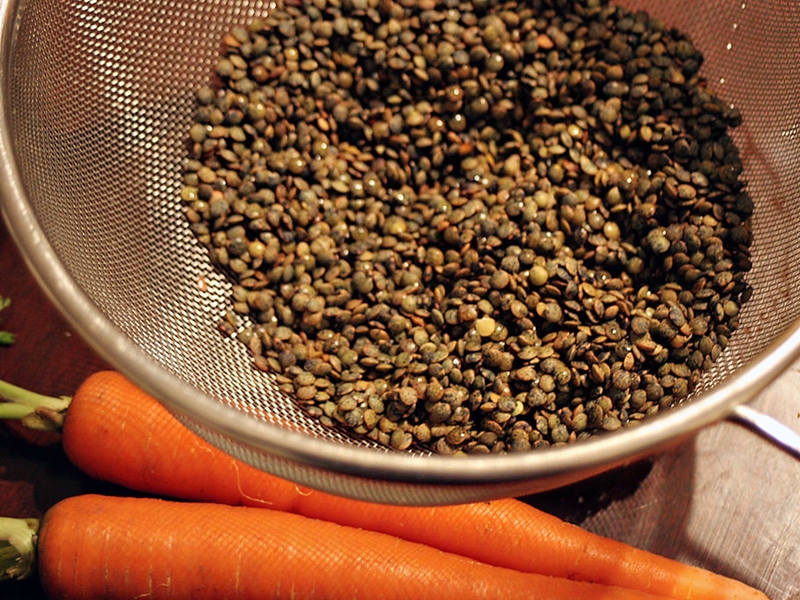The Future of the Resilient Neighborhoods Program and Suisun City
By Jonathan Erwin, Program Manager

We are excited to grow our Resilient Neighborhood program into Suisun City this year. Building on our previous work in Vallejo’s Resilient Hubs and looking at the Resilient Neighborhood model as a whole, the power of community continues to be the biggest asset in addressing environmental threats, but also encompassing true resilience. This past year has shown us that we all are inherently resilient towards unexpected change from climate events to a global pandemic. We all have the capacity to adapt to new threats in our daily lives. With the power of community, belonging and access to resources, we find ways to adapt and thrive.
Within Suisun City, the threat is pretty obvious for this marshside town, with its scenic water views and port history to its presently charming waterfront. Anticipated flooding from rising sea levels, heavy rain and tidal events are among the biggest climate threats to face the city. Suisun City is the most impacted town in the entire Bay region at a 24-inch water event, according to the San Francisco Bay Conservation and Development Commission’s Adapting to Rising Tides report. A series of aged levees and a robust water management strategy can manage current pressure within reason. But as the threat potential continues to increase in coming years, Suisun City is working towards action to collectively weather the storm.
With a coalition of the mayor, city leaders, SF BCDC and additional stakeholders, our plan with Suisun City is to start by organizing a Flood Resilience Action Plan — a living strategy that residents and leaders can use to educate, advocate and prepare for upcoming water events. Working on a slightly different scale from our Resilient Neighborhoods in Vallejo, we understand the power that comes with climate action when local government is involved. Through this plan a citywide strategy co-authored by the community will help build ownership and power amongst stakeholders. We hope that everyone’s voice is heard and validated in addressing the threats of flooding in a future Suisun City.
On the Ground
We are bringing our community-level experience from creating the Resilient Neighborhood hubs in Vallejo to bear on our work in Suisun City. Beneficial environmental and residential-scale installations addressing climate threats will continue to be a part of our work in Suisun City. Meeting people where they are at, we look forward to utilizing low-tech and high impact strategies for flood mitigation that are accessible and replicable across the entire city. Many of the strategies we used in Vallejo, like in-ground trenches for capturing rainwater, called swales, native plantings, and building up healthy soil, are universally beneficial in addressing many climate threats from urban heat islands to localized flooding and water management. We hope that a community-informed process will lead us to develop new techniques and strategies that we can build into our toolkit and provide hyperlocal solutions.

In addition we realize that the threat will impact portions of Suisun City differently. Our focus is to build organically a Resilient Neighborhood in the most environmentally and socially vulnerable communities of Seabreeze, Victorian Harbor and Old Town (in the outline on the map above). Our research has shown these communities will be the most impacted in regards to flooding, while also having the smallest means to implement change. Within Covid guidelines we hope to jumpstart initiatives in these local neighborhoods to build community, promote resources and foster local champions in accessible and transformative ways over the next year.
As the Resilient Neighborhoods program has progressed in Vallejo under the incredible leadership and work of Gabriela Estrada, our new terrain in Suisun City introduces Jonathan Erwin as our newest Resilient Neighborhoods program manager. Jonathan comes to this project with a systems-thinking lens in community building, rooted in racial and environmental justice. In Baltimore his work with socially vulnerable communities in the aftermath of Hurricane Sandy led to a resident-centered approach in addressing climate threats, rooted in holistic solutions. A designer by training, he loves co-building creative ways to meet the wants and needs of the community to equip people to be more resilient.
If you are interested in our work Suisun City, have an idea on a possible site, or want to stay informed about the project, feel free to reach out to Jonathan at Jonathan@sustainablesolano.org
The Resilient Neighborhoods program is generously funded through the PG&E Corporation Foundation.





